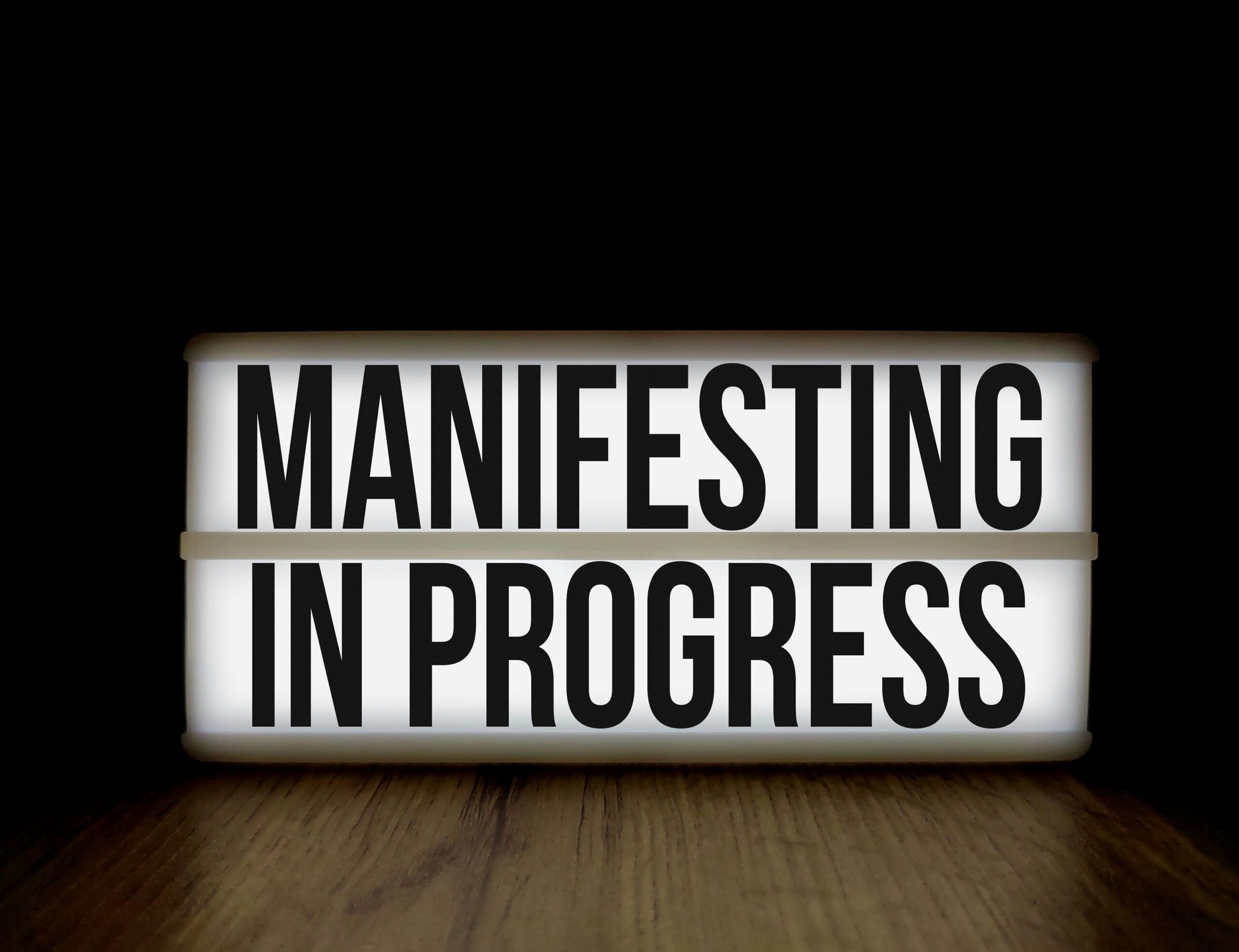Understanding what drives human behavior is essential to achieving personal and professional goals. The intricate relationship between motivation, rewards, and success shapes our daily decisions and long-term achievements.
🧠 The Neuroscience of Motivation: What Happens in Your Brain
When we talk about motivation, we’re really discussing a complex interplay of neurochemicals and brain structures working in harmony. At the heart of this system lies the neurotransmitter dopamine, often misunderstood as simply the “pleasure chemical.” In reality, dopamine functions more as an anticipation and reward-prediction molecule that drives us toward goal-directed behavior.
The ventral tegmental area (VTA) and the nucleus accumbens form the core of what neuroscientists call the reward pathway. When you set a goal and work toward it, these regions activate, creating feelings of anticipation and motivation. The prefrontal cortex then steps in to help with planning, decision-making, and impulse control—essentially acting as the executive director of your motivational system.
Research published in leading neuroscience journals has demonstrated that the brain doesn’t just respond to rewards themselves but to the prediction of rewards. This explains why the journey toward a goal can sometimes feel more exciting than the achievement itself. Your brain releases dopamine not when you receive the reward, but when you anticipate it, creating a powerful motivational drive.
🎯 Intrinsic vs. Extrinsic Motivation: Finding Your True Drive
One of the most critical distinctions in motivation science is between intrinsic and extrinsic motivation. Intrinsic motivation comes from within—you engage in an activity because it’s inherently interesting, enjoyable, or aligned with your values. Extrinsic motivation, on the other hand, involves external rewards like money, recognition, or avoiding punishment.
While both types of motivation have their place, research consistently shows that intrinsic motivation leads to better long-term outcomes. People who are intrinsically motivated demonstrate greater creativity, persistence, and overall satisfaction. They’re more likely to maintain their efforts even when external rewards are removed.
However, the relationship between these two types isn’t always straightforward. The overjustification effect demonstrates that introducing external rewards for intrinsically motivated activities can actually decrease internal drive. If you love painting and suddenly start getting paid for every piece, you might find your passion diminishing—your brain starts associating the activity with the external reward rather than the internal joy.
The Self-Determination Theory Framework
Psychologists Edward Deci and Richard Ryan developed Self-Determination Theory, which identifies three fundamental psychological needs that drive intrinsic motivation:
- Autonomy: The need to feel in control of your own behaviors and goals
- Competence: The need to gain mastery and feel effective in your activities
- Relatedness: The need to feel connected to others and experience a sense of belonging
When these three needs are satisfied, intrinsic motivation flourishes naturally. Organizations and individuals who structure their reward systems to support these needs see significantly better outcomes than those relying solely on external incentives.
💡 The Science of Reward Systems: What Actually Works
Not all rewards are created equal, and understanding which types of incentives actually enhance performance is crucial for success. Behavioral psychology has identified several key principles that make reward systems effective.
Immediate rewards tend to be more motivating than delayed ones—a phenomenon known as temporal discounting. Your brain values immediate gratification more highly than future benefits, which is why saving for retirement feels less compelling than buying something today. However, strategies like visualization and goal-setting can help bridge this gap.
Variable Reward Schedules: The Slot Machine Effect
B.F. Skinner’s research on operant conditioning revealed that variable reward schedules create the strongest behavioral responses. When rewards are unpredictable, the brain’s dopamine system becomes more engaged, creating a powerful drive to continue the behavior. This principle explains why slot machines are so addictive and why checking social media becomes compulsive—you never know when you’ll get that notification or like.
Smart goal-setters can harness this principle ethically by introducing appropriate variability into their reward systems. Rather than rewarding yourself the same way every time you hit a milestone, mix it up. This keeps your brain engaged and prevents habituation.
📊 Tracking Progress: The Motivational Power of Measurement
What gets measured gets managed, and what gets managed gets done. The act of tracking progress itself serves as a powerful motivational tool. When you monitor your advancement toward goals, you create several psychological benefits simultaneously.
First, tracking provides concrete evidence of progress, which reinforces your sense of competence. Second, it creates accountability—once you start measuring something, you’re psychologically committed to improving it. Third, tracking data allows you to identify patterns and optimize your approach.
| Tracking Method | Best For | Motivational Benefit |
|---|---|---|
| Daily check-ins | Habit formation | Immediate feedback and consistency |
| Weekly reviews | Project management | Pattern recognition and adjustment |
| Monthly assessments | Long-term goals | Big picture perspective |
| Milestone celebrations | Major achievements | Emotional reinforcement |
Modern technology has made tracking easier than ever. Habit-tracking apps, fitness monitors, and productivity tools provide automated feedback loops that keep motivation high. The key is finding a tracking method that feels sustainable rather than burdensome.
🚀 Goal-Setting Strategies That Actually Boost Success Rates
The way you frame and structure your goals dramatically impacts your likelihood of achieving them. Research in organizational psychology has identified several evidence-based strategies that significantly improve success rates.
SMART goals—Specific, Measurable, Achievable, Relevant, and Time-bound—remain the gold standard for goal-setting. However, recent research suggests adding additional layers can further enhance effectiveness. Goals should also be exciting enough to generate emotional engagement but realistic enough to avoid overwhelming anxiety.
Implementation Intentions: The Power of “If-Then” Planning
Psychologist Peter Gollwitzer discovered that people who create implementation intentions are significantly more likely to achieve their goals. These are specific plans that follow an “if-then” format: “If situation X arises, then I will perform response Y.”
For example, instead of saying “I’ll exercise more,” you create an implementation intention: “If it’s Monday, Wednesday, or Friday morning, then I’ll go to the gym before work.” This pre-commitment reduces decision fatigue and makes the desired behavior more automatic.
🔄 Building Sustainable Motivation: Beyond the Initial Spark
The initial excitement of a new goal or project is easy to find—it’s maintaining motivation over weeks, months, and years that challenges most people. Understanding the psychology of sustained motivation is essential for long-term success.
Motivation naturally fluctuates, and expecting constant high levels sets you up for disappointment. Instead, successful people build systems and habits that carry them through low-motivation periods. They rely on discipline and routine when motivation wanes, knowing that action often precedes motivation rather than following it.
The Progress Principle in Action
Harvard researcher Teresa Amabile discovered what she calls the Progress Principle: of all the things that can boost emotions, motivation, and perceptions during a workday, the single most important is making progress in meaningful work. Even small wins create a positive feedback loop that fuels continued effort.
This means breaking large goals into smaller milestones isn’t just about making things manageable—it’s about creating regular opportunities for the motivational boost that comes with progress. Each small victory releases dopamine and reinforces your commitment to the larger objective.
⚡ Overcoming Motivational Obstacles: Common Pitfalls and Solutions
Even with perfect understanding of motivational science, everyone encounters obstacles. Recognizing common challenges and having strategies to address them is crucial for maintaining momentum.
Procrastination often stems not from laziness but from anxiety, perfectionism, or unclear next steps. The solution involves breaking tasks into smaller components, reducing the psychological barrier to starting. The two-minute rule—if something takes less than two minutes, do it immediately—helps build momentum that carries into larger tasks.
Burnout occurs when demands consistently exceed resources over extended periods. Unlike temporary fatigue, burnout involves emotional exhaustion, cynicism, and reduced professional efficacy. Preventing burnout requires intentional rest, boundary-setting, and ensuring your efforts align with your values and interests.
The Role of Social Support and Accountability
Humans are social creatures, and leveraging this aspect of our psychology dramatically improves motivational outcomes. Sharing goals with others creates social accountability—you’re less likely to give up when others are watching your progress.
Finding an accountability partner, joining a community with similar goals, or working with a coach provides external structure and encouragement. The relatedness component of Self-Determination Theory comes into play here—feeling connected to others pursuing similar objectives enhances intrinsic motivation.
🎨 Personalizing Your Motivational System: One Size Doesn’t Fit All
While the science of motivation provides general principles, individual differences mean you need to customize your approach. Some people thrive on competition while others find it demotivating. Some need detailed plans while others prefer flexibility. Understanding your own motivational profile is essential.
Take time to reflect on past successes and failures. When have you felt most motivated? What circumstances surrounded those periods? What rewards feel most meaningful to you? This self-awareness allows you to design motivational systems aligned with your unique psychology.
Personality factors also play a role. People high in conscientiousness naturally excel at self-discipline and organization, while those high in openness might be more motivated by novelty and creativity. Extraverts often benefit from social accountability, while introverts might prefer private tracking systems.
🌟 Integrating Motivation Science Into Daily Life
Knowledge without application remains theoretical. The real power comes from integrating these principles into your daily routines and decisions. Start by auditing your current goals and reward systems—are they aligned with motivational science?
Design your environment to support desired behaviors. Remove friction from good habits and add friction to bad ones. If you want to read more, keep books visible and accessible while putting your phone in another room. Environmental design leverages your brain’s tendency toward the path of least resistance.
Create rituals around important activities. Rituals transform mundane tasks into meaningful practices, adding an emotional and psychological dimension that enhances motivation. Your morning routine, pre-work ritual, or post-achievement celebration all serve as motivational anchors.
🏆 Celebrating Success: The Often-Overlooked Motivational Tool
Many achievement-oriented individuals struggle with celebration. They complete one goal and immediately move to the next without acknowledging their success. This pattern undermines motivation by preventing the full reward circuit from completing.
Authentic celebration doesn’t mean empty praise or excessive indulgence. It means consciously acknowledging achievement, reflecting on the effort invested, and allowing yourself to experience positive emotions. This reinforces the connection between effort and reward, making future goal-pursuit more appealing.
Different milestones warrant different celebrations. Small daily wins might deserve simple acknowledgment, while major achievements could involve more significant rewards aligned with your values. The key is consistency—regularly marking progress and success.

💪 Transforming Understanding Into Action
The science of motivation reveals that success isn’t mysterious or random. It follows predictable psychological principles that anyone can leverage. Understanding your brain’s reward system, distinguishing between intrinsic and extrinsic motivation, setting effective goals, tracking progress, and building sustainable systems all contribute to long-term achievement.
Start small. Choose one principle from this article and implement it this week. Perhaps you’ll create an implementation intention for an important goal, start tracking a key metric, or identify which type of reward genuinely motivates you. Small changes compound over time, creating significant transformations.
Remember that motivation is both an art and a science. While research provides frameworks and principles, you bring the creativity and personalization that makes these strategies effective in your unique life. Experiment, observe what works, and continuously refine your approach.
The power to unlock sustained motivation and achieve meaningful success lies in understanding how your brain works and designing systems that work with your psychology rather than against it. By applying these evidence-based principles consistently, you transform motivation from a fleeting feeling into a reliable tool for reaching your most ambitious goals.
Toni Santos is a personal growth strategist and wealth alignment researcher dedicated to helping people connect mindset, habits, and money with purpose. With a focus on abundance psychology and intentional living, Toni explores how beliefs, behavior, and clarity turn goals into sustainable prosperity. Fascinated by financial psychology and high-performance routines, Toni’s journey bridges coaching, behavioral science, and practical frameworks. Each guide he shares is an invitation to design a life by intention—where daily actions align with values, and values align with long-term wealth. Blending mindset work, habit design, and evidence-based strategy, Toni studies how identity shifts, focus systems, and disciplined execution create compounding results. His work champions the idea that true abundance is built from the inside out—through awareness, alignment, and consistent action. His work is a tribute to: An abundance mindset grounded in gratitude, vision, and responsibility Financial psychology that transforms behavior into smart decisions Goal-oriented living powered by clear systems and repeatable habits Whether you’re redefining success, aligning money with meaning, or building habits that last, Toni Santos invites you to grow with intention—one belief, one plan, one aligned step at a time.




